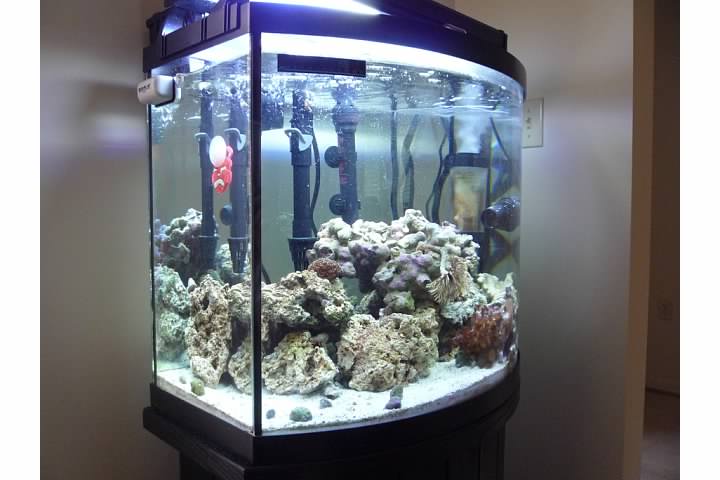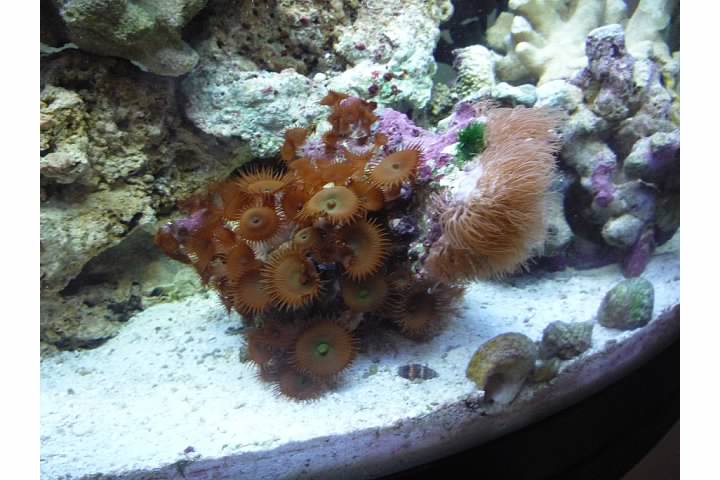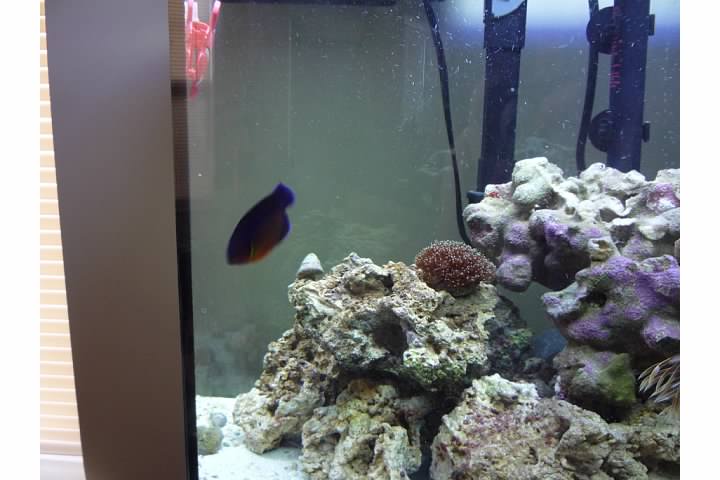kahlis
New Member
Yes, shame on me.
A couple years ago I bought a tank from a college kid who knew the ropes and set-up a really great tank. From him I got a fully working, ready to go, 24" bowfront with everything. About 6-8 months ago I fell behind on maintenance and was left with belly up fish and a massive salt creep problem. Last weekend I decided to start over and start from the beginning.



800) | FitToSize(java.awt.Dimension[width=640,height=480], 2) | ScaleRGB(1.015936255455017, 1.015936255455017, 1.015936255455017) | Sharpen(1.2999999523162842) | ShowPrint(java.awt.Dimension[width=720,height=480], 255, 1.0, 1.0, 1.0, 0, 0.800000011920929, 0.800000011920929, 0.800000011920929, 0) -> NativeCanvas(2AAAC5772100))]) PixSense Recompression: PX_COMP_STD 172.16.17.53 2013/02/05 16:36:44.615
" data-id="371267" data-type="61" src="https://forums.saltwaterfish.com/data/d/d2/d2fbb731_pic2.jpeg

Can I reuse the rocks I salvaged from the tank? Looking online I see they can get rather expensive but they are usually sold dry. Since mine are dry, can I just soak them in fresh salt water and reapply?
What is a good idea for sand? A local shop said 1/2 live and 1/2 dead. After some time, it'll all grow into live sand.
Are moon light LEDs necessary or just for show? I'm looking at the Coralife T5 (without moonlights) and its about $100 less than a Coralife with moonlights.
A couple years ago I bought a tank from a college kid who knew the ropes and set-up a really great tank. From him I got a fully working, ready to go, 24" bowfront with everything. About 6-8 months ago I fell behind on maintenance and was left with belly up fish and a massive salt creep problem. Last weekend I decided to start over and start from the beginning.



800) | FitToSize(java.awt.Dimension[width=640,height=480], 2) | ScaleRGB(1.015936255455017, 1.015936255455017, 1.015936255455017) | Sharpen(1.2999999523162842) | ShowPrint(java.awt.Dimension[width=720,height=480], 255, 1.0, 1.0, 1.0, 0, 0.800000011920929, 0.800000011920929, 0.800000011920929, 0) -> NativeCanvas(2AAAC5772100))]) PixSense Recompression: PX_COMP_STD 172.16.17.53 2013/02/05 16:36:44.615
" data-id="371267" data-type="61" src="https://forums.saltwaterfish.com/data/d/d2/d2fbb731_pic2.jpeg


Can I reuse the rocks I salvaged from the tank? Looking online I see they can get rather expensive but they are usually sold dry. Since mine are dry, can I just soak them in fresh salt water and reapply?
What is a good idea for sand? A local shop said 1/2 live and 1/2 dead. After some time, it'll all grow into live sand.
Are moon light LEDs necessary or just for show? I'm looking at the Coralife T5 (without moonlights) and its about $100 less than a Coralife with moonlights.

